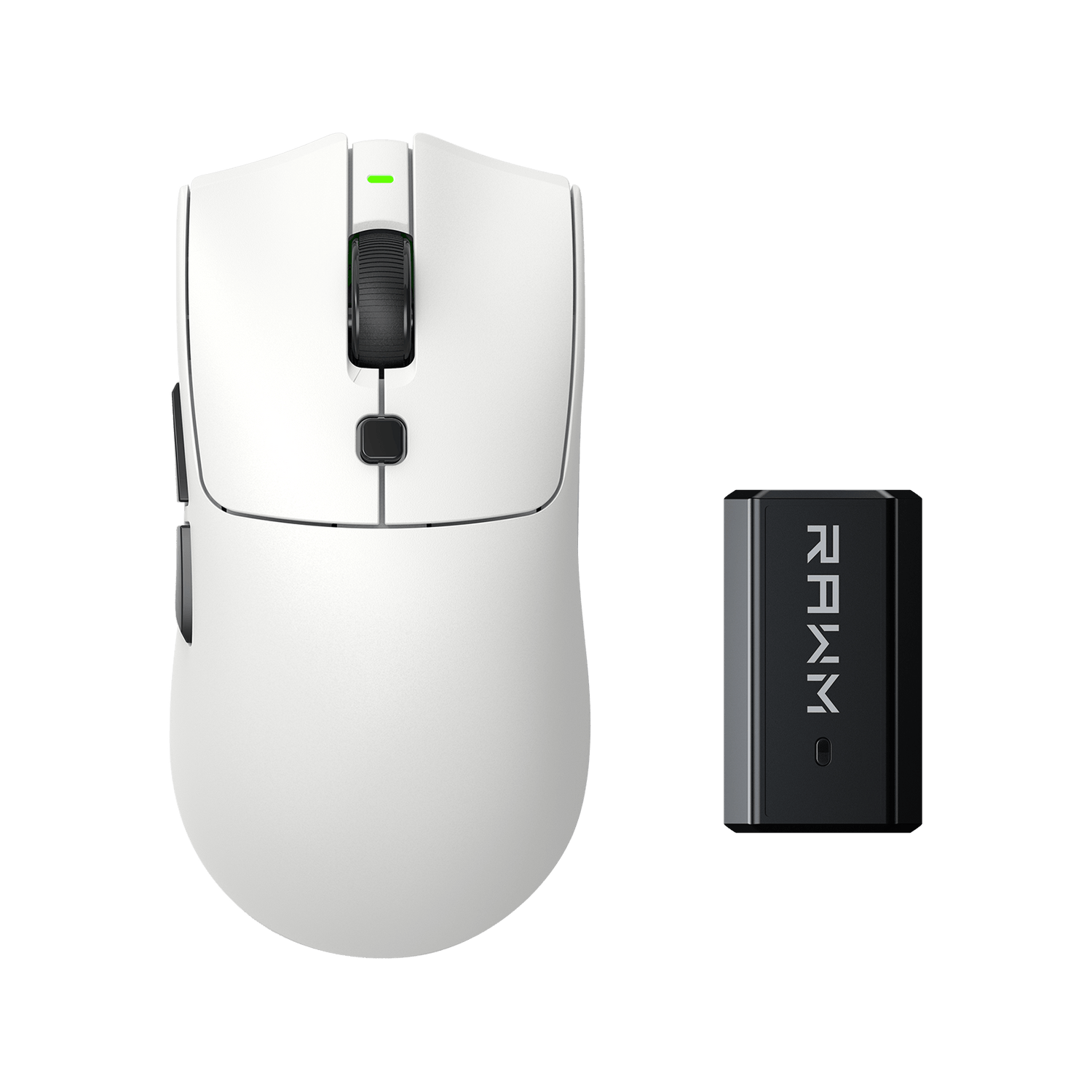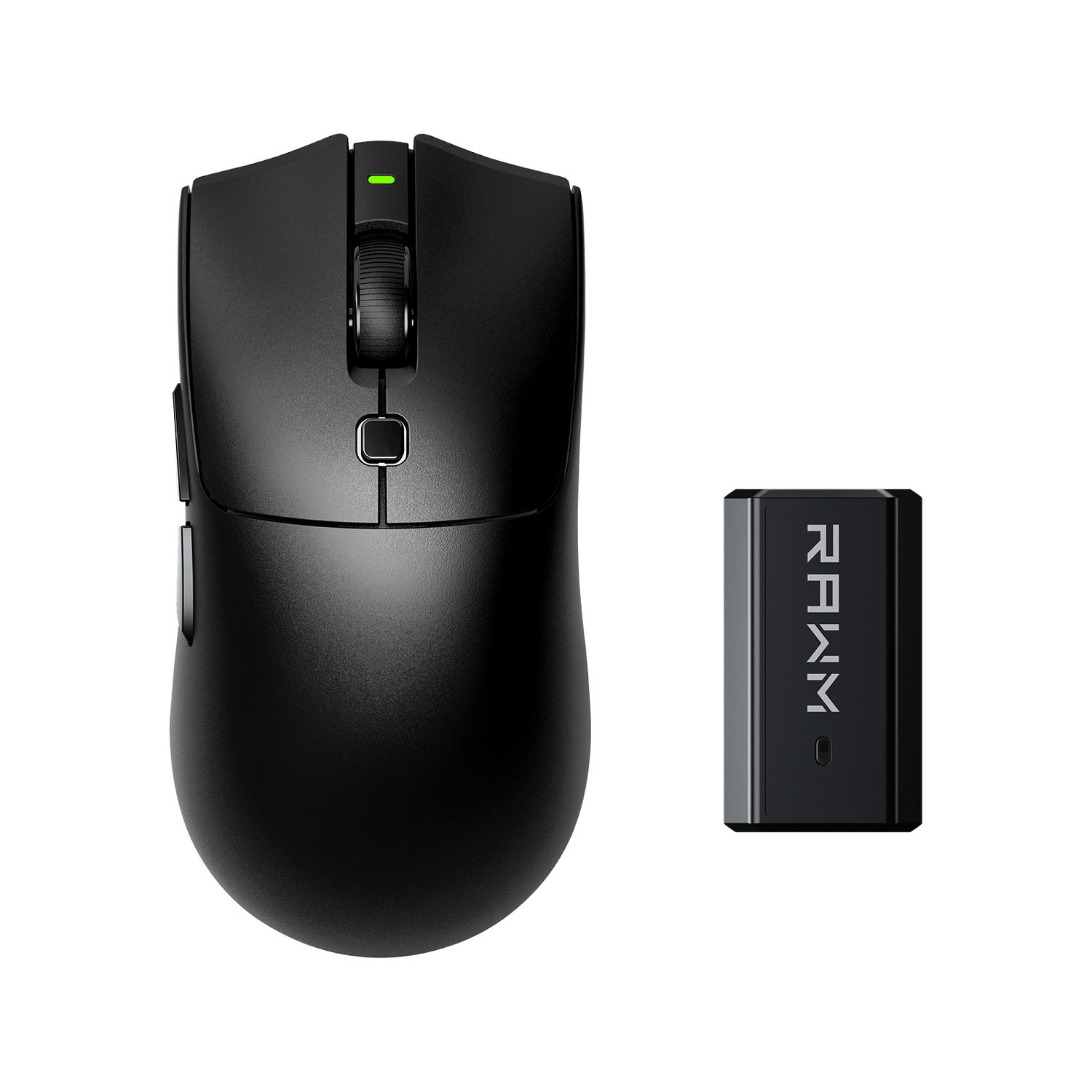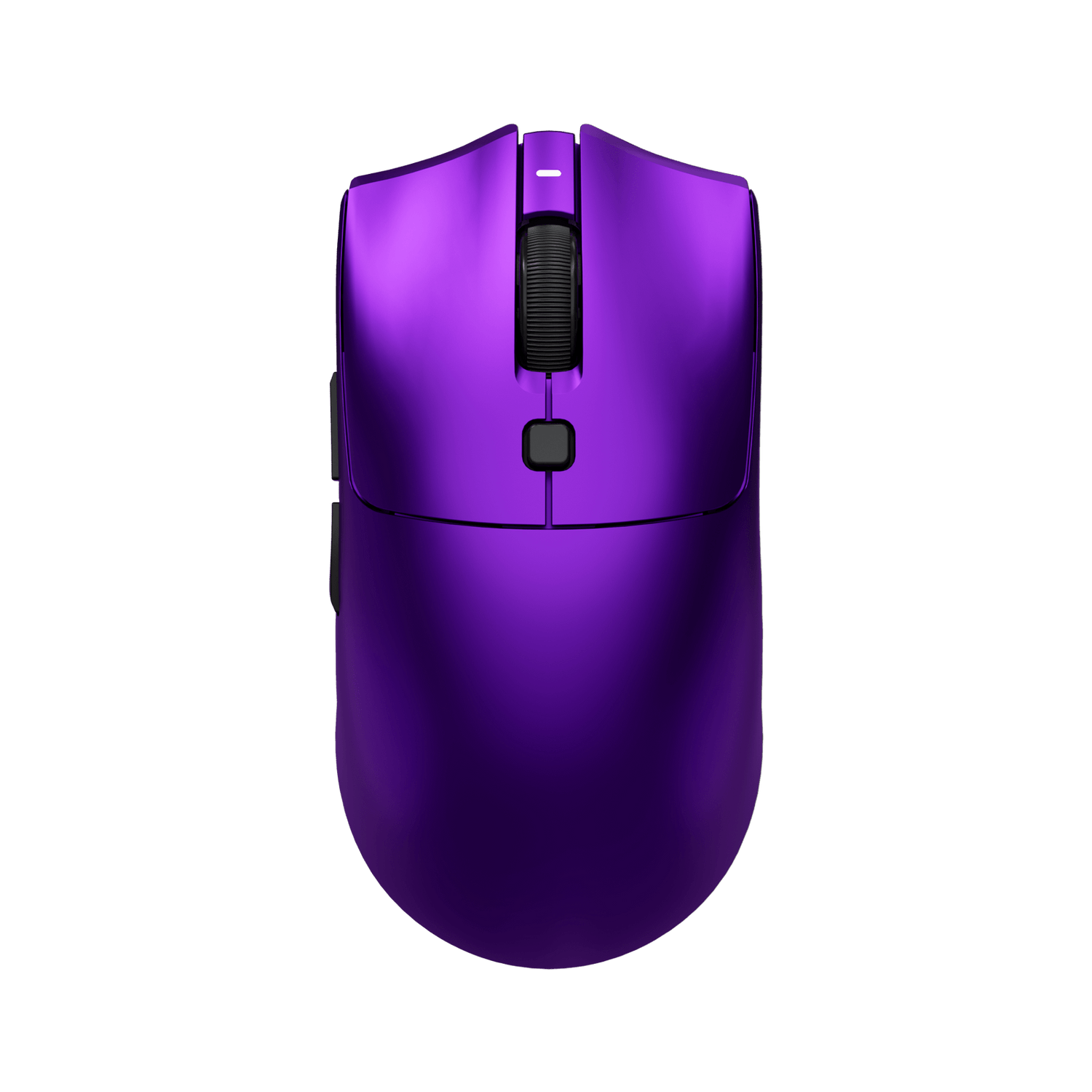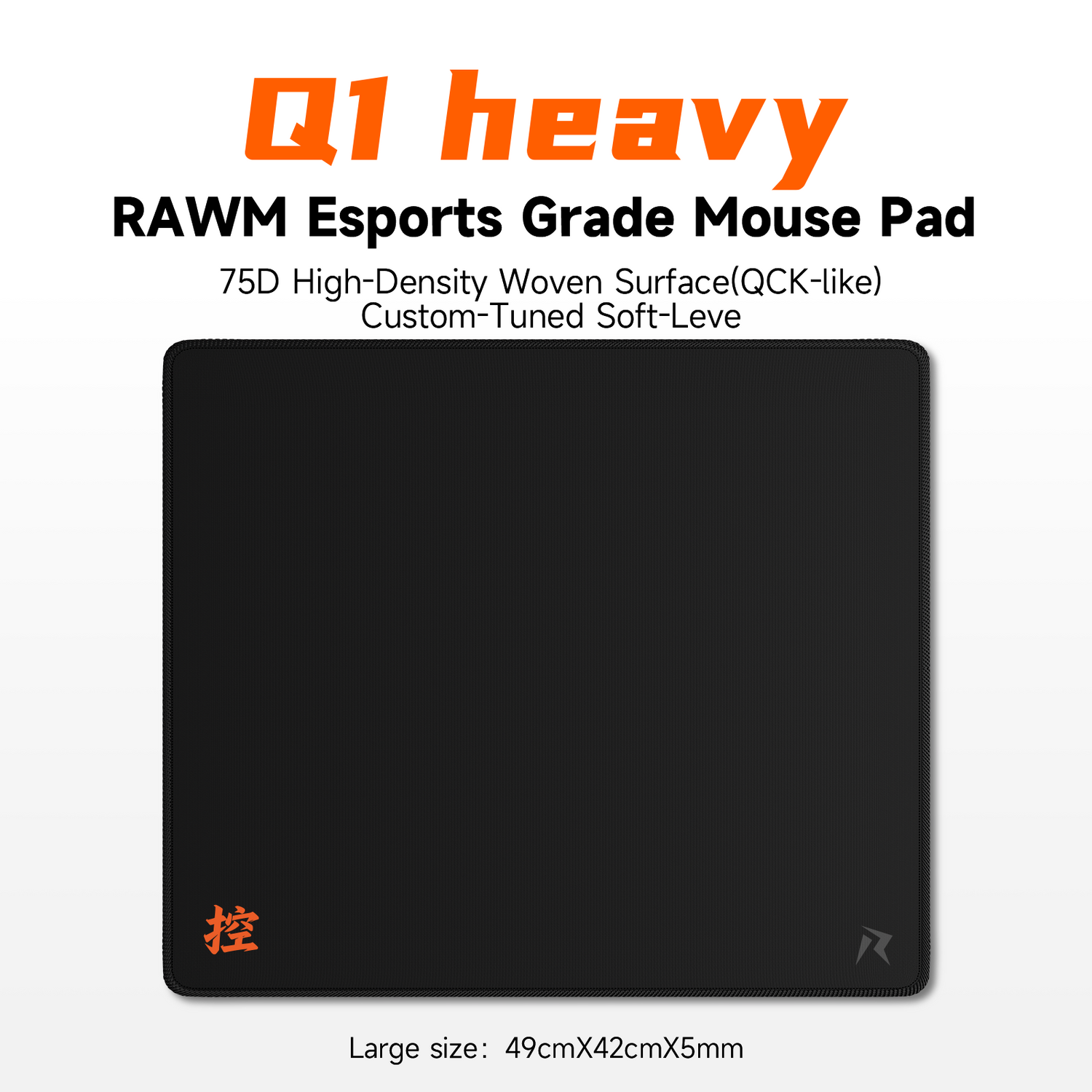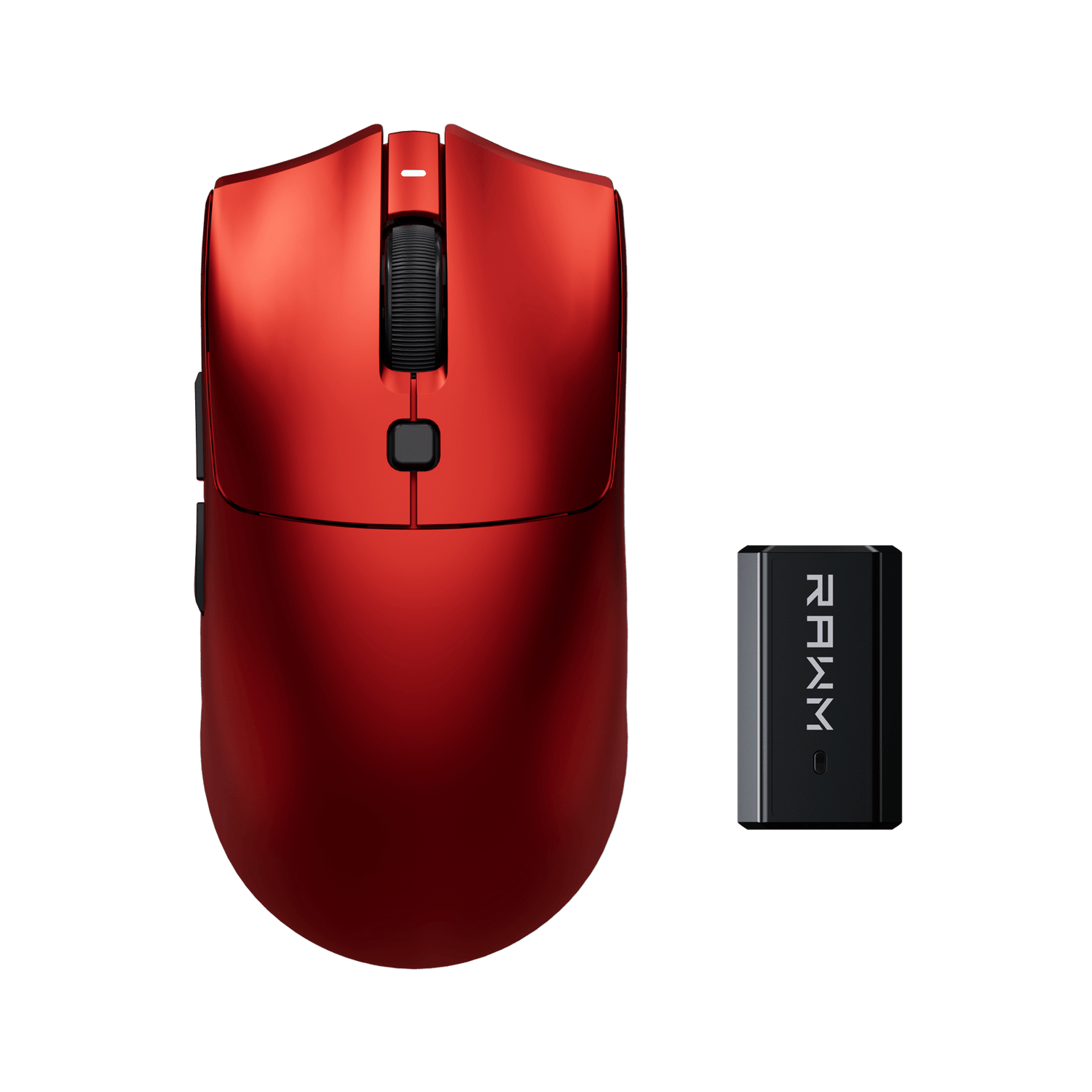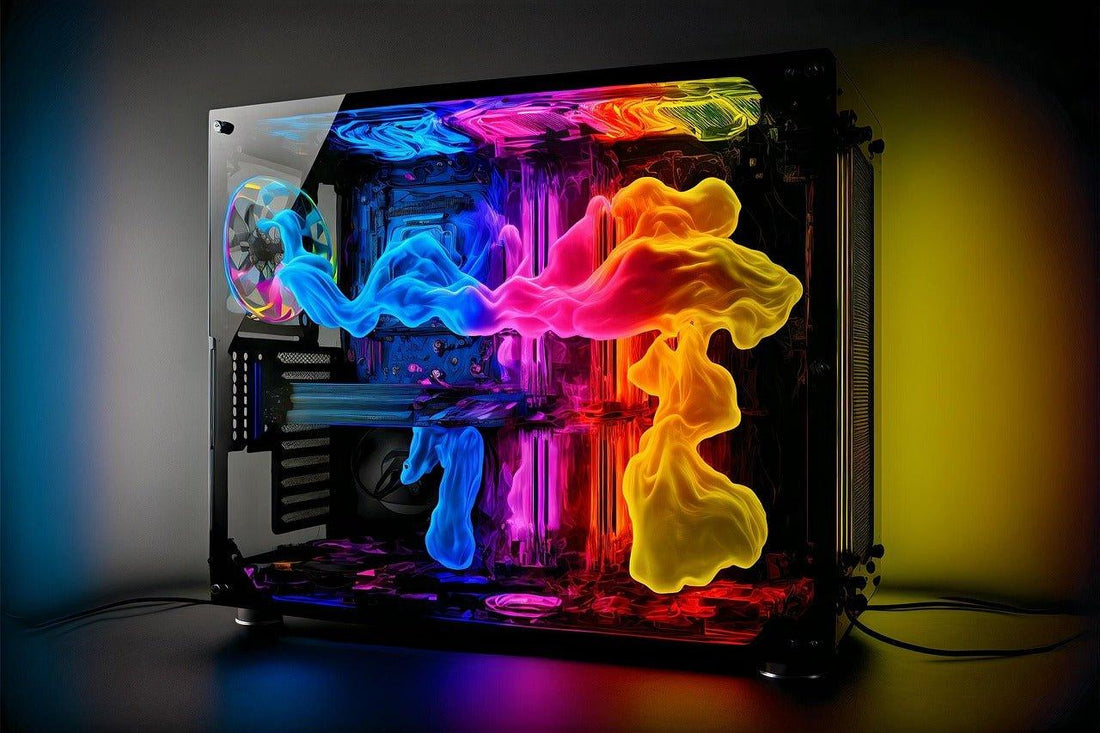
Understanding Sizes and Layouts of PC Cases
- 1. What is a PC Case?
- 2. Understanding PC Case Sizes
- 3. PC Case Layouts: What You Need to Know
- 4. Airflow and Cooling Options in PC Cases
- 5. Choosing the Right PC Case for Your Build
When building a custom PC, one of the most important decisions you’ll make is choosing the right PC case. The case not only houses all your components but also impacts airflow, cooling, and aesthetics. Understanding the different sizes and layouts of PC cases is crucial to selecting the perfect one for your needs.
Let's explore the various types of PC cases, their sizes, and layouts, and how they affect your build. Whether you’re a casual user, a gamer, or a professional, selecting the right PC case can enhance your system’s performance and longevity.
1. What is a PC Case?
A PC case (also known as a computer case, tower, or chassis) is the enclosure that contains all the components of your computer. These components include the motherboard, CPU, graphics card, RAM, storage drives, and cooling systems. The PC case serves multiple functions, including:
-
Protection: Keeps your components safe from dust, moisture, and physical damage.
-
Cooling: Provides proper airflow and space for cooling solutions like fans and liquid cooling.
-
Organization: Helps keep cables organized and provides a neat appearance for your setup.
2. Understanding PC Case Sizes
Standard Case Sizes
The size of your PC case plays a crucial role in determining how many components can fit, how much cooling you can have, and how easy it is to build. The most common PC case sizes include:
1. Full Tower
A full tower case is the largest type of case available, offering plenty of space for high-end components and extensive cooling options.
-
Dimensions: Typically 20–24 inches in height.
-
Pros: Maximum expansion options, more space for additional drives, liquid cooling, and cable management.
-
Cons: Large and bulky, may take up considerable desk space.
2. Mid Tower
The mid tower is the most popular size for most builds, offering a balance of size and functionality. It can fit standard ATX motherboards and has room for multiple GPUs, hard drives, and cooling solutions.
-
Dimensions: Typically 17–20 inches in height.
-
Pros: Space-efficient while still offering excellent expandability.
-
Cons: Slightly less room than a full tower for additional components.
3. Mini Tower
The mini tower is a smaller option designed for compact builds, often used in smaller spaces or for users who don’t need a lot of expandability.
-
Dimensions: Typically 14–17 inches in height.
-
Pros: Compact and space-saving, easy to fit in tight spaces.
-
Cons: Limited space for additional components and airflow.
4. Small Form Factor (SFF)
Small Form Factor cases are designed for ultra-compact builds, often used for HTPCs (Home Theater PCs) or portable systems.
-
Dimensions: Typically under 14 inches in height.
-
Pros: Extremely compact, ideal for portable or minimalist builds.
-
Cons: Extremely limited space for components, difficult to work with for beginners.

3. PC Case Layouts: What You Need to Know
Motherboard Layouts
The layout of your PC case determines the orientation and position of key components, especially the motherboard. Common motherboard layouts in PC cases include:
1. ATX Layout
The ATX layout is the most common layout for modern PCs, designed to fit ATX motherboards (12 × 9.6 inches).
-
Space: Provides plenty of room for multiple GPUs, storage devices, and cooling solutions.
-
Pros: Versatile, can accommodate most standard components.
-
Cons: May not fit into smaller cases or compact builds.
2. Micro-ATX Layout
The micro-ATX layout is a smaller version of the ATX layout, designed to fit micro-ATX motherboards (9.6 × 9.6 inches).
-
Space: Offers slightly less room than ATX, but still supports multiple components.
-
Pros: Compact yet functional.
-
Cons: Less expandability compared to ATX cases.
3. Mini-ITX Layout
Mini-ITX cases are the smallest of the standard case layouts, designed to fit mini-ITX motherboards (6.7 × 6.7 inches).
-
Space: Offers limited space for components and cooling, often requiring specialized parts.
-
Pros: Ultra-compact, ideal for small, portable builds.
-
Cons: Limited space for expandability, difficult for complex builds.
4. Airflow and Cooling Options in PC Cases
Optimizing Airflow
Airflow is one of the most critical factors in choosing the right PC case. Proper airflow ensures that your components stay cool, even during heavy use. Here’s what to look for:
-
Fan Mounts: Ensure the case has enough space for fans, particularly on the front, top, and rear panels.
-
Airflow Channels: Look for cases with built-in airflow channels and mesh panels to maximize ventilation.
-
Liquid Cooling Support: Many high-end cases offer support for liquid cooling solutions like radiators and pumps, which can keep your components cool during overclocking.
5. Choosing the Right PC Case for Your Build
For Gamers and High-Performance Users
If you're building a high-performance gaming PC, a full tower or mid tower case with excellent airflow options is a great choice. These cases provide ample room for large graphics cards, multiple storage devices, and powerful cooling solutions.
For Casual Users or Office PCs
For a standard office PC or a casual build, a mini tower or micro-ATX case should suffice. These cases provide enough space for the essential components while maintaining a small footprint.
For Compact or HTPC Builds
If you're looking for a small, portable PC, a small form factor (SFF) or mini-ITX case is your best option. These cases are compact and designed for users who need portability or space-saving solutions.
Finding the Best PC Case for Your Needs
Choosing the right PC case is essential for a smooth and efficient PC build. The size and layout of the case will impact not only the functionality of your components but also the ease of assembly and maintenance.
To recap:
-
Full Tower: Best for high-end builds with multiple components and maximum airflow.
-
Mid Tower: A balanced option for most users, offering ample room and good expandability.
-
Mini Tower and Small Form Factor: Ideal for compact, minimalist builds.
Consider your gaming or work requirements, the space available in your setup, and the components you plan to install when choosing your PC case.
Ready to find your perfect PC case? Check out our collection for high-quality cases designed for all types of users and builds!
>>See also How to Obtain Clay in Stardew Valley? >>>>>




